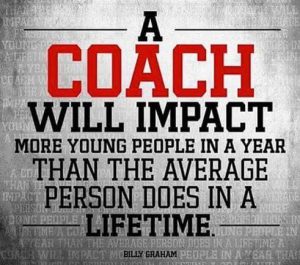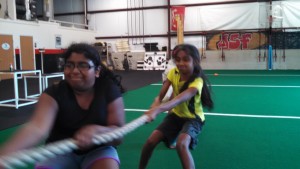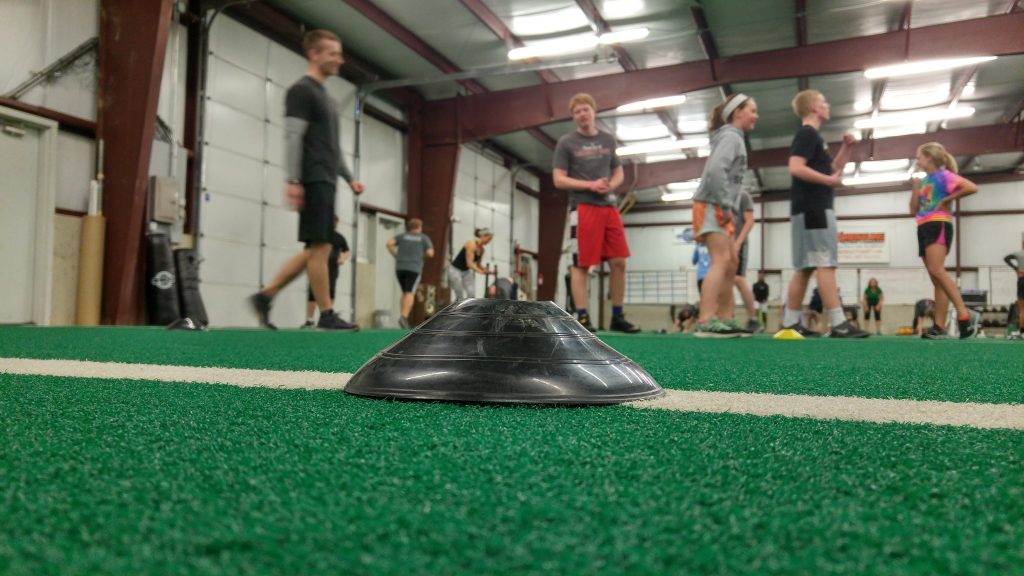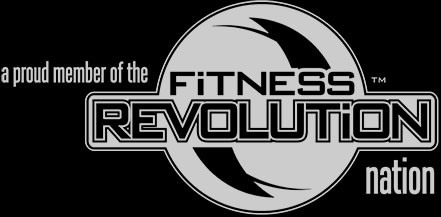Long Term Athletic Development, or LTAD, is a phrase that coaches use to describe the process by which children acquire skills, starting in the pre-pubescent years through their early twenties. It involves motor skill acquisition, biological maturation and physical literacy among other variables. The definition laid out in the following position paper is as follows:
The term long-term athletic development refers to the habitual development of “athleticism” over time to improve health and fitness,  enhance physical performance, reduce the relative risk of injury, and develop the confidence and competence of all youth.
enhance physical performance, reduce the relative risk of injury, and develop the confidence and competence of all youth.
In layman terms, it is the framework to “slow cook” athletic development.
The National Strength and Conditioning Association recently came out with their Position Statement on the matter. Since we are all members of the NSCA and certified through their certifying arm, it made sense to give a summary of the key points of their paper….
The first three points from Coach Platt:
1). NSCA Position: Long-term athletic development pathways should accommodate for the highly individualized and non-linear nature of the growth and development of youth.
My Take: The position of the NSCA is that youth develop at different rates. There is a vast difference between chronological age and biological age. While some children may be “ten” years old chronologically, biologically they may be closer to eight or twelve, depending on the child. A training program that is appropriate for one fourteen year old may not be suitable for another child of the same age. The differences in the rate of biological development must be accounted for when prescribing an athletic development program for any athlete.
2). NSCA Position: Youth of all ages, abilities, and aspirations should engage in long-term athletic development programs that promote both physical fitness and psychosocial wellbeing.
My Take: The NSCA advocates for all youth, regardless of age, abilities, and aspirations to participate in some form of long-term athletic development. Consideration must be given to the different developmental rates, as well as other lifestyle factors, of each youth athlete. Programs should not only focus on improving measurable traits of athleticism (strength, power, speed, etc.) but, should also place a large
emphasis on the psychosocial development of the youth athlete as well. As a coach that works with young athletes I see the need for psychosocial development everyday. Young kids are facing extraordinary outside pressures from peers and what they are exposed to by social media platforms on a daily basis. As coaches, it is our job to nurture a healthy social atmosphere that encourages youth athletes to be themselves without fear of social repercussions.
3). NSCA Position: All youth should be encouraged to enhance physical fitness from early childhood, with a primary focus on motor skill and muscular strength development.
My Take: I could not agree with this more. All youth should be encouraged to be active from the get-go. The obesity epidemic we are facing is real. Children are becoming more and more obese by the day. As coaches and advocates for a healthy lifestyle it is our job to encourage a fun, safe, and healthy environment for our youth to participate in. Children that are exposed to an active lifestyle from an early age are much more likely to continue being active as they develop. Getting all youth involved in some form of physical activity is crucial to solving our current obesity epidemic.
==========================================================
Points 4 – 6 from Coach Macdonald –
4). NSCA Position: Long-Term Athletic Development Pathways Should Encourage an Early Sport Sampling Approach for Youth That Promotes and Enhances a Broad Range of Motor Skills
My Take: This has been a major issue/topic within the sporting world that needs to be addressed by parents across the board. It’s been proven time and time again that early sport specialization is detrimental to the development of our youth athletes and their odds of making it to the elite level are likely hindered by high volumes of sport specific training at a young age. On the other hand, playing a variety of sports, aka “sports sampling”, at a young age not only increases gross motor coordination in athletes compared to those who are specialized, but are also more likely to be successful at the next level.
5). NSCA Position: Health and Well-Being of the Child Should Always Be the Central Tenet of Long-Term Athletic Development Programs
My take: Our youth need to be exposed to positive experiences associated with sports and physical activity early on. In my eyes, it is most important with  physical activity. Once a negative association is made with physical activity (physical activity as punishment, for example), that is when a sedentary lifestyle is almost inevitable. Fun should be the driving force behind playing sports and being physically active. Once fun is taken away burnout is the end result and a large percentage of our youth ends up quitting all sports by the age of 13. From the strength and conditioning side of the topic, we need to be sure our programs for the youth that we deal with are positive, constructive, and age appropriate. Quite a bit of damage can be done when an ill conceived and thoughtless program is implemented with a group of 10 and 11 year olds.
physical activity. Once a negative association is made with physical activity (physical activity as punishment, for example), that is when a sedentary lifestyle is almost inevitable. Fun should be the driving force behind playing sports and being physically active. Once fun is taken away burnout is the end result and a large percentage of our youth ends up quitting all sports by the age of 13. From the strength and conditioning side of the topic, we need to be sure our programs for the youth that we deal with are positive, constructive, and age appropriate. Quite a bit of damage can be done when an ill conceived and thoughtless program is implemented with a group of 10 and 11 year olds.
6). NSCA Position: Youth Should Participate in Physical Conditioning That Helps to Reduce the Risk of Injury to Insure Their Ongoing Participation in Long Term Athletic Development Programs
My Take: This is pretty cut and dry, when youth athletes participate in a well rounded strength and conditioning program, it can cut their risk of injury down by up to 50%. If I’m a parent, that is just about all I need to see in order to get my kid involved; who cares about results if my child is injured all the time? Growth needs to also be a major source of concern when it comes to the increased risk of injury. When rapid growth of the skeletal system occurs, soft tissue structures are playing catch up. This is a breeding ground for injury. This is another reason our youth need to participate in a long term training program that promotes athleticism and strength to withstand the growth associated with increased injury risk.
=====================================================
Points 7 – 10 from Coach Poggiali –
7). NSCA Position : Long Term Athletic Development programs should provide all youth with a range of training modes to enhance both health- and skill-related components of fitness.
My take: Remember when recess was organized chaos? Kickball for a few minutes lead to tag lead to swingsets lead to chasing the girls/boys. While structured exercise is important, unstructured, unsupervised play also needs to be integrated. Role-playing, problem-solving and strategizing are just a few of the cognitive tools used when play is the driving force…no rules, no reward, just fun.
8). NSCA Position: Practitioners should use relevant monitoring and assessment tools as part of a long-term athletic development strategy.
My take: This one is a struggle for me; on one hand, I value the use of technology and assessing athletes to develop protocols, set goals and  measure progress. However, we have foregone assessing over the last several years so we can “assess” via observation and relationship-building. I still feel there is a place for testing (acceleration, strength, power, FMS, etc) but the power of observation is our biggest ally right now.
measure progress. However, we have foregone assessing over the last several years so we can “assess” via observation and relationship-building. I still feel there is a place for testing (acceleration, strength, power, FMS, etc) but the power of observation is our biggest ally right now.
9). NSCA Position: Practitioners working with youth should systematically progress and individualize training programs for successful LTAD.
My take: At some point, general physical preparation should segue into special physical preparation and eventually competitive physical preparation. This process can be several years, with cycles lasting any where from three months (multi-sport athletes with multiple peaks throughout the year) to four years (Olympic athlete). Progressions can be any number in scope, from increases in volume, intensity, frequency, duration, difficulty, etc. Exercise selection can be progressed as well including advanced approaches of Olympic lifting, plyometric considerations, bounding, etc. The key is to “slow cook” the process so adaptations occur in key windows of biological growth and development.
10). NSCA Position: Qualified professionals and sound pedagogical approaches are fundamental to the success of LTAD programs.
My take: This is the fun part: the art and science of coaching and/or teaching. Each child is different in how they interpret information the best way; some are visual, some are auditory and some are kinesthetic, or hands-on. They might not even know their preferred style of learning, but it is the coach’s responsibility to observe the environment(s) in which they thrive the most and pattern their teaching style to their learning style. There is no perfect way to coach, but developing many styles of teaching will transfer to the most styles of learning.

